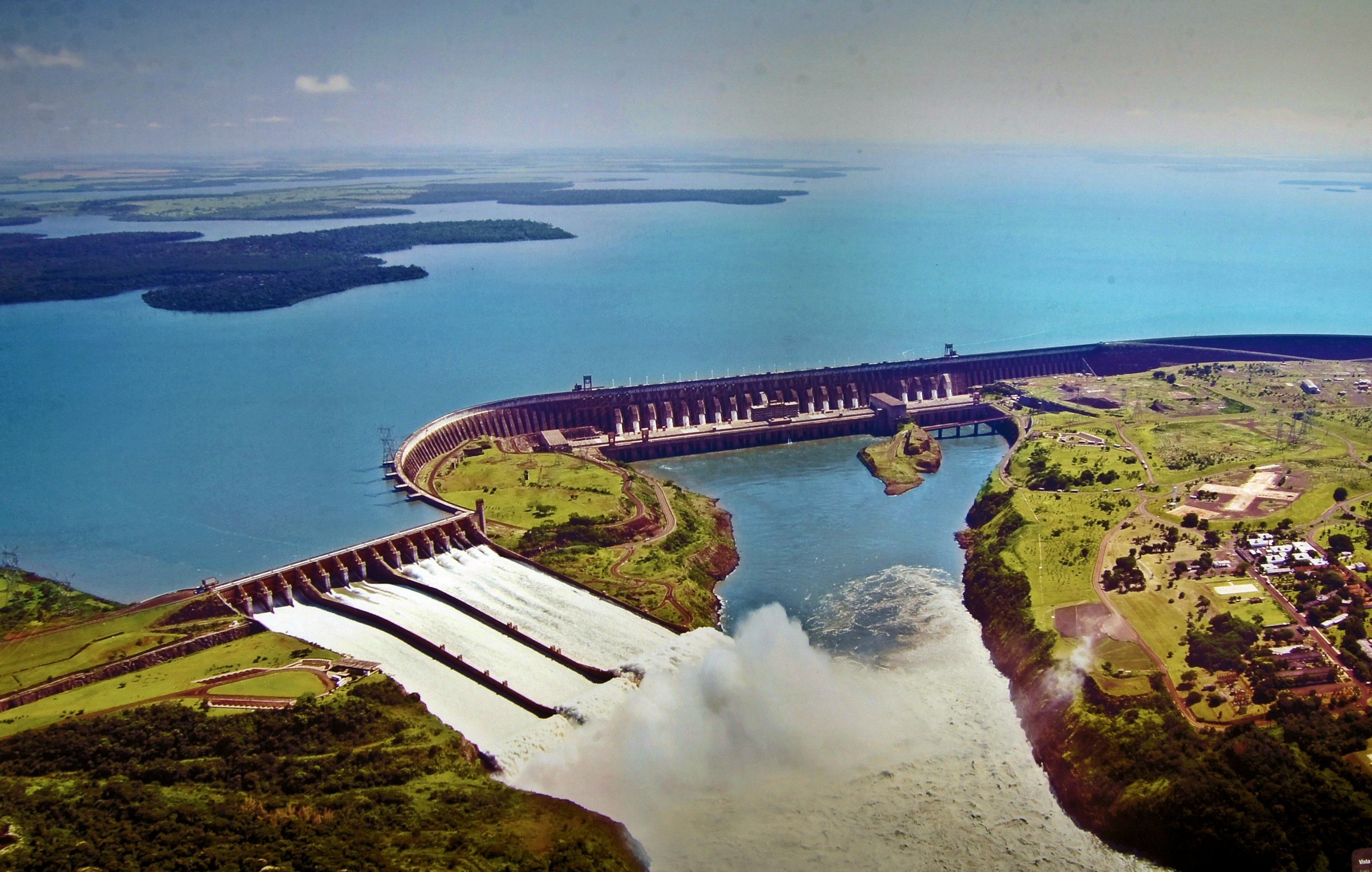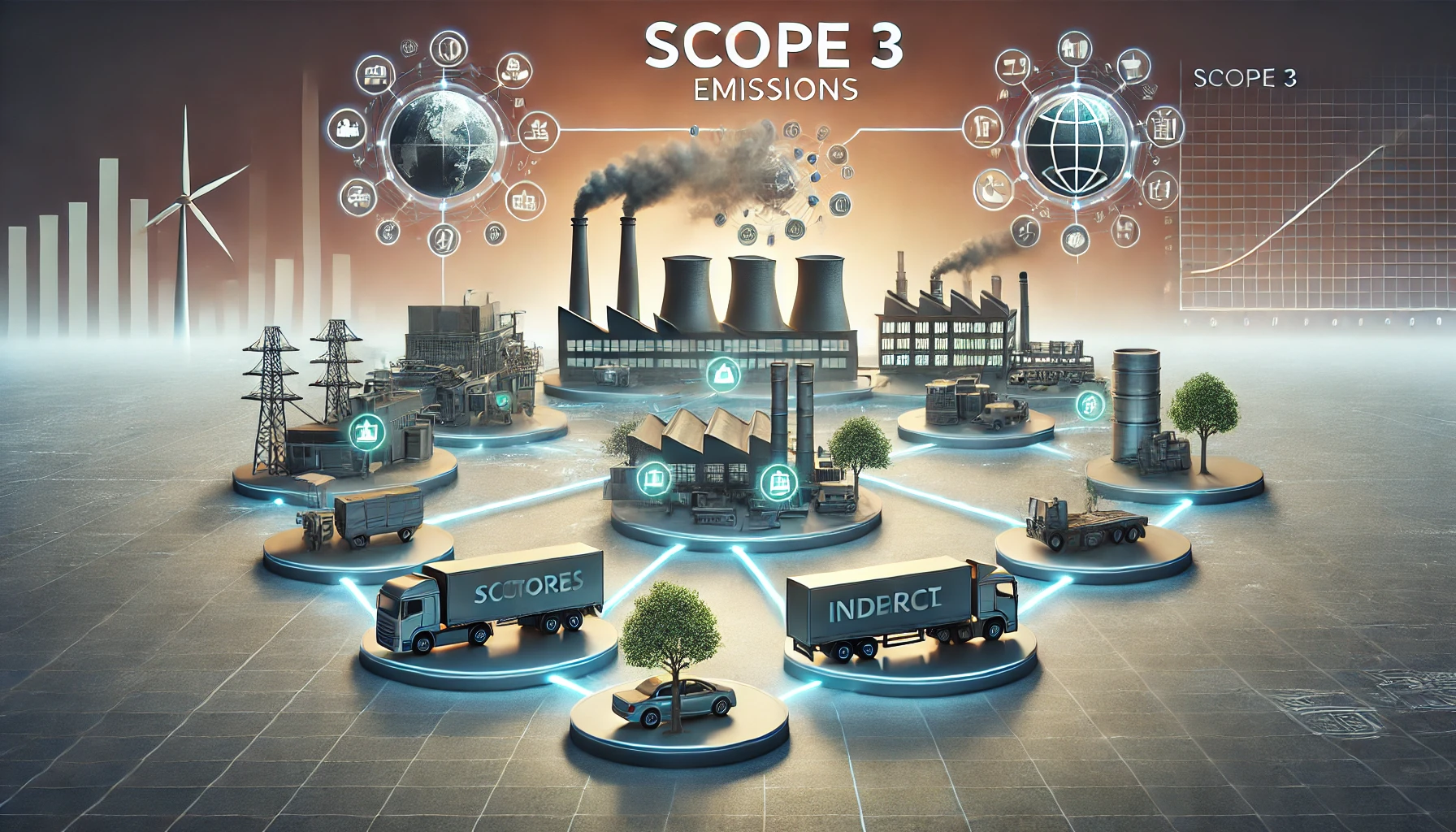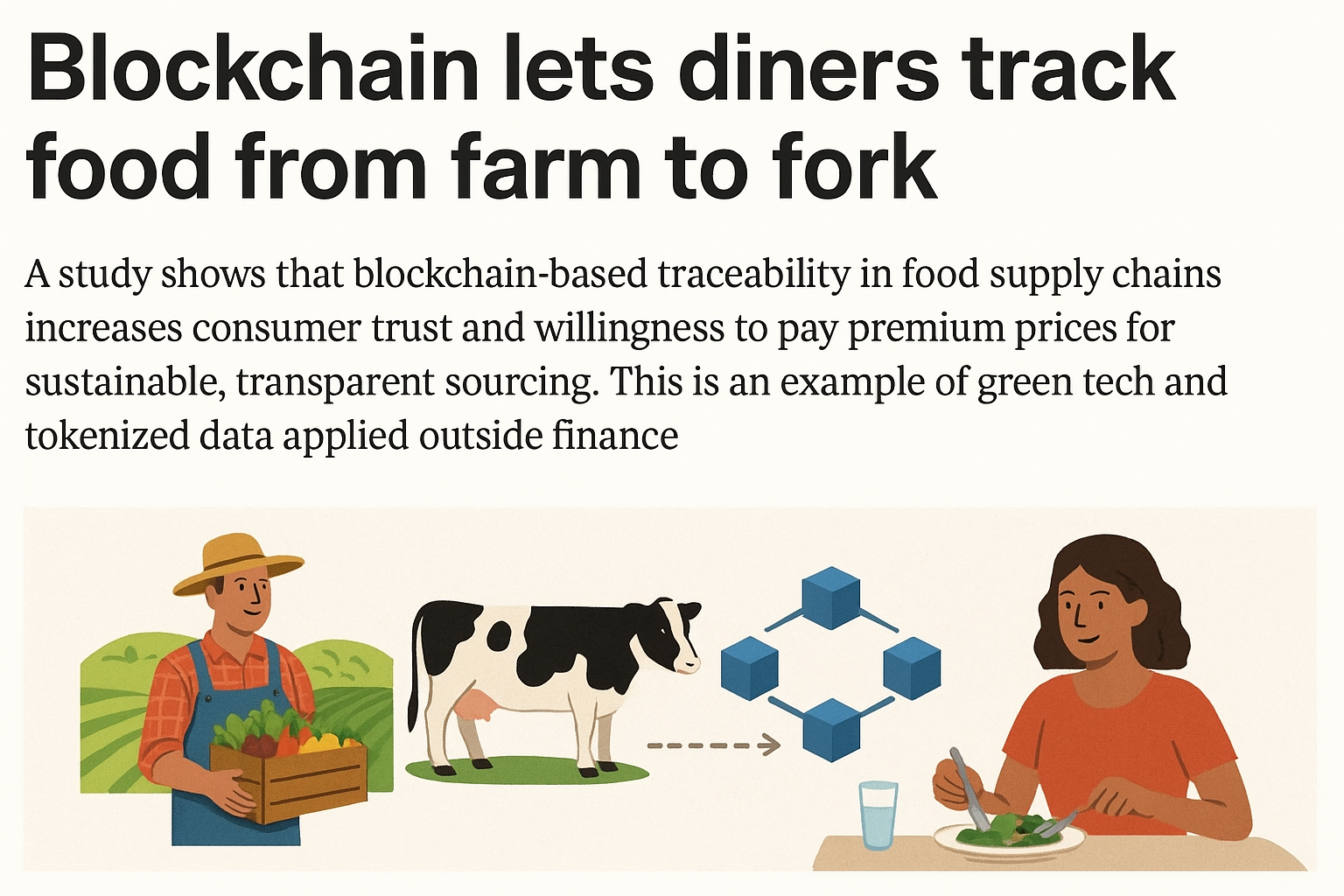The urgent need for climate action has sparked a growing focus on green finance. However, a significant challenge remains: the green finance gap. Bridging this gap requires innovative solutions that transcend traditional financial systems. Blockchain technology, with its inherent transparency, security, and decentralization, offers a transformative approach to addressing this issue. By tokenizing green assets, trading carbon credits, and decentralizing crowdfunding for sustainable projects, blockchain can create an international framework for sustainable finance.
Tokenizing Green Assets
Tokenization involves converting physical or digital assets into blockchain-based tokens. In green finance, this could mean tokenizing renewable energy infrastructure, reforestation projects, or sustainable agriculture initiatives. These tokens represent fractional ownership, making green investments accessible to a broader audience. Investors can support impactful projects without requiring substantial capital, democratizing access to sustainability-driven investments.
Trading Carbon Credits
Blockchain can enhance the carbon credit market by creating a transparent and efficient trading platform. Current carbon markets are often opaque, with limited access and questionable credibility. Blockchain ensures that carbon credits are traceable and verifiable, minimizing fraud. Smart contracts can automate transactions, enabling seamless trading while reducing administrative costs.
Decentralizing Crowdfunding for Green Projects
Traditional crowdfunding platforms for green projects often face challenges such as high fees and limited reach. Blockchain-based crowdfunding platforms eliminate intermediaries, allowing project developers to connect directly with investors worldwide. Decentralization also ensures that funds are used as intended, enhancing trust and accountability.
The Need for an International Framework
To unlock the full potential of blockchain in green finance, international cooperation is essential. An international framework would standardize regulations, ensure interoperability across platforms, and build investor confidence. Governments, private entities, and non-profits must collaborate to create policies that foster innovation while safeguarding against misuse.
Blockchain technology and tokenization hold immense potential to revolutionize green finance. By creating accessible, transparent, and decentralized solutions, these technologies can bridge the green finance gap and accelerate global sustainability efforts. The time to act is now—leveraging blockchain is not just an option but a necessity in achieving a sustainable future.




